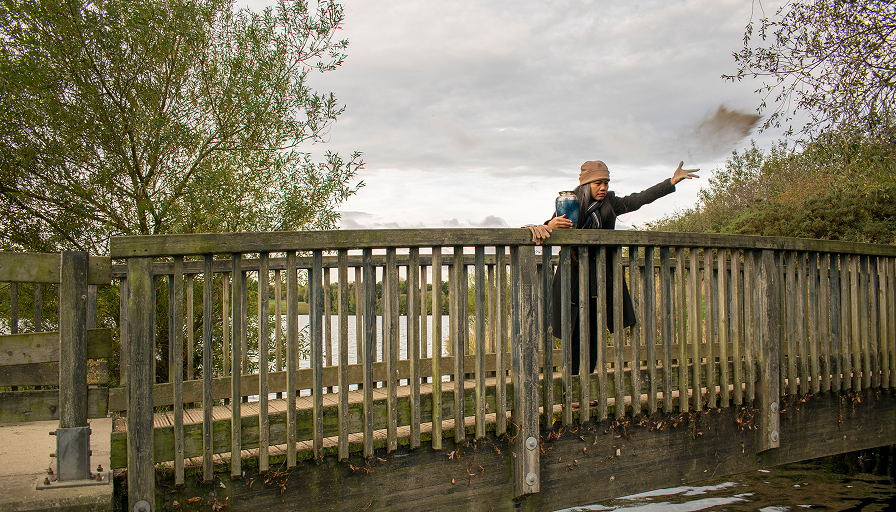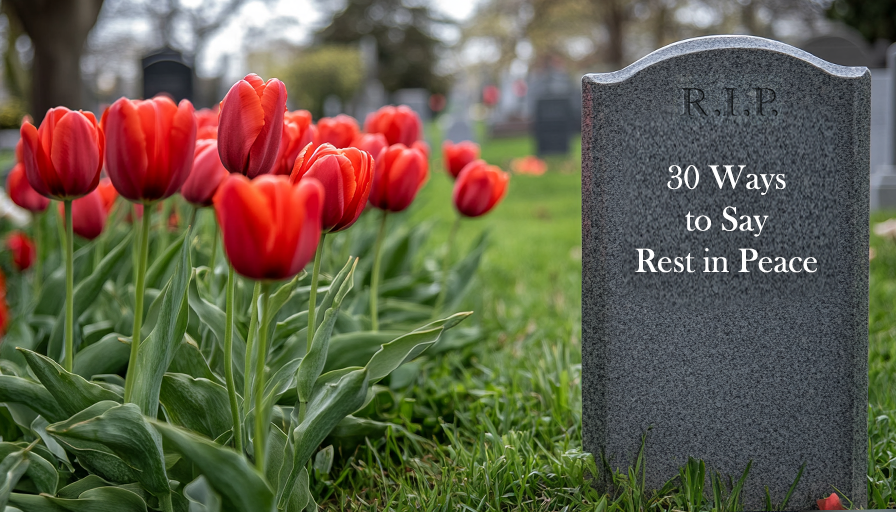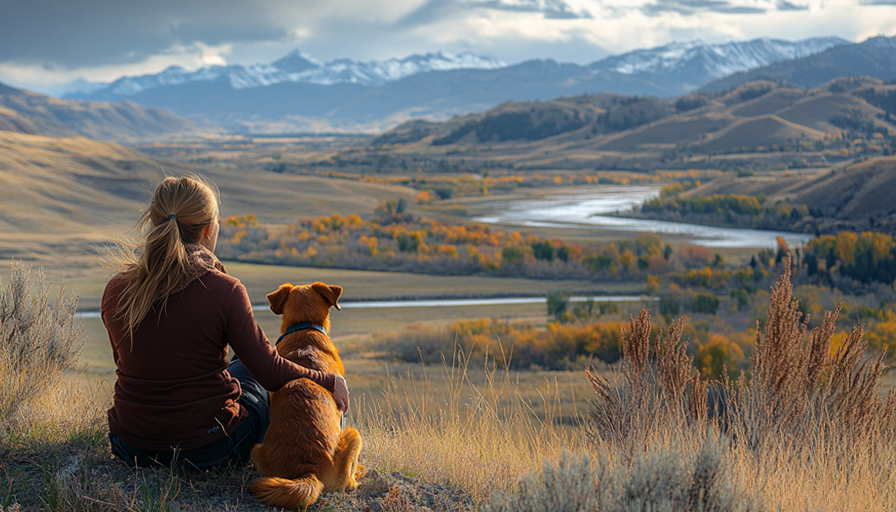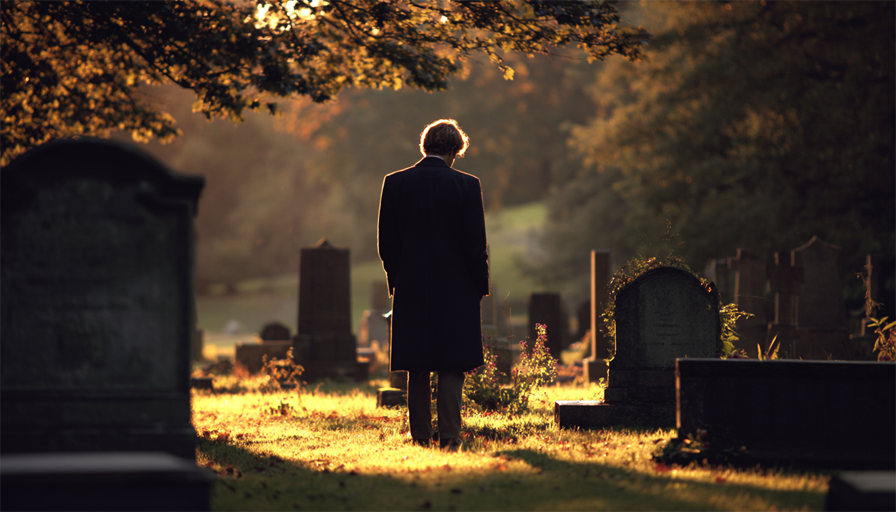The grieving process is an incredibly unique and personal experience. So, it is essential to remember that when organising a scattering ashes ceremony. To simplify things for you, we've created this guide. It explains everything you need to know about holding this type of ceremony in the UK to honour and celebrate your loved one's life as you bid farewell.
Cremations are becoming more popular
Although many people believe that burial is the standard go-to, cremations have actually been the more popular option for many people for several centuries. In fact, it is worth noting that records show the number of burials was less than the number of cremations in 1968. Since then, the divide between the two has been increasing, with cremations coming out on top. It is believed that nowadays, around 70% of people choose cremation rather than burial after death.
UK Regulations For Scattering Ashes
The regulations and rules that might apply after the cremation and scattering ashes ceremonies you want to have for your dearly departed loved one depend on the ceremony you wish to have. Overall, the UK has a very laid-back approach to scattering ashes. Below, we have provided a comprehensive guide to the laws we know exist and how they will affect the ceremony you decide.
Burying Ashes
The more traditional option of scattering ashes is to bury them. If you wish to pursue this option, you may need to request permission in some instances.
- Crematorium or Graveyard: Perhaps the most common of all places to bury ashes, a crematorium or graveyard is a fine choice. The process of scattering ashes by burying them in these places. You should speak to your funeral director for more information; they will help arrange it for you.
- Countryside: If you want ashes buried in the countryside, choose secluded and quiet places where you are unlikely to be disturbed or cause a disruption. One particular choice in the UK for this kind of ashes burial is the Bios cremation ashes tree urn, which provides a memorial place where a tree will grow, and you can remember your dearly departed that way. This offers a great way to have a physical place where you can regularly pay your respects to you and other family or friends group members.
- Private Land: What if you are looking to bury or scatter ashes on private land? If you or someone you know owns the land, then this will be fine. However, it is important to keep in mind that your private property or that owned by another member of your family or friend group may not always be owned by you. That would mean it would be difficult to visualise the scene in the future if you move.
When looking to bury or scatter ashes on a piece of private land where you are not the owner and don't know them, you need to seek permission from the landowner. Unfortunately, You will find that most British local councils do not allow ashes to be buried on their land, but you should check with the office of your local council to be certain.
Scattering Ashes in Water and Water Burials
Many people choose to scatter or bury the ashes of their nearest and dearest at sea. There are different options for this type of ceremony, including biodegradable water urns and simply casting the ashes into the water by hand. The laws are the same for both options.
Placing ashes in a lake or river, for instance, the River Thames or Loch Lomond, according to the environmental agency, is excellent, and there is no need to apply for special licences or grants. The important thing you need to remember is to make sure that nothing else aside from the biodegradable material or the ashes themselves are dispersed to avoid causing damage to the environment by littering. You must also know other people in the same area who could use the water for recreational or cleaning purposes.
Placing or scattering ashes at sea are the same options, and the laws are the same. While you are free to scatter or bury them where you want to, you must avoid casting anything that will not be absorbed naturally and degrade naturally in the water. Some challenges include casting ashes from the water's edge, such as from a beach. It is best to plan this ceremony well in advance so you can be sure you will go when the tide is low and the location you wish to place or scatter the ashes is empty.
Popular Places to Scatter Ashes
As you can imagine, people choose many places to scatter ashes, from national landmarks and important sites to city parks, rural spots and even sports grounds. Some of the most common and popular places are listed below.
Ben Nevis
Ben Nevis, the tallest mountain in the UK and Scotland, is famous for people who want to have their ashes scattered. If you decide to do it there, you need to respect the rules set out by the council that oversees the care of this area of natural importance. According to the official Ben Nevis website, it is essential to try to avoid a spot at the summit cairn and the north face, where many alpine plants find it difficult to survive. It would be best if you also considered a more widespread dispersal to lessen the potential negative impact it could have on the vulnerable plants in the area.
Hot Air Balloon
Another popular choice for many, especially those who feel a spiritual connection to the sky and the atmosphere or just like the philosophical idea of being scattered above the earth, is a hot air balloon, which is an exciting option. However, before you can persist with scattering ashes from a hot air balloon, contact the UK Civil Aviation Authority before taking off.
Woodland Trust Properties
The UK Woodland Trust allows people to scatter ashes on their properties. They ask that you try to be as discreet as possible with your ceremony and the actual scattering and be respectful and mindful of other visitors to the areas.
Kew Gardens
London's vast and sprawling gardens are an exceptionally peaceful and beautiful place to scatter ashes. If you want to do it there, contact them at 020 8332 3248 to obtain a permit. Kew Gardens only holds one scattering daily, so contacting them as early as possible is a good idea to ensure you can get the time you prefer for your ceremony.
Stratford Upon Avon
Stratford Upon Avon, Shakespeare's birthplace, is a prominent and popular choice for fans of literature, the bard himself or theatre. However, even though there are many great places you can do it around the city, his actual birthplace is not one of them.
National Trust Land
Like many of the other official bodies we have discussed in this guide, according to the National Trust, it is okay to scatter ashes on their land as long as the ceremony is conducted privately. Do not disturb anyone or anything else, and is done to avoid environmental damage.
It is important to note that before you can bring your loved one's ashes to a National Trust site, you must seek written permission from its property manager. Although they are open to offering green burials, these are not granted as often as other ceremonies.
Football Stadiums
When football fans die, they often want, or their family wants, to have their ashes cast on the grounds of their favourite or local team. It is essential to seek out more information from the stadium. Only a few permit ashes to be scattered on or around their grounds. However, some of the most commonly requested options include:
- Ibrox Stadium: Unfortunately, Ibrox Stadium, home to Glasgow Rangers FC, does not allow ashes to be scattered anywhere on the grounds.
- Anfield Stadium: Anfield, Liverpool FC's grounds do not allow ashes to be scattered on the premises.
- Emirates Stadium: Arsenal FC's home stadium, Emirates Stadium, does not allow the scattering of ashes and does not have a memorial garden where you can bury or scatter your loved one's remains. However, if you visit their Armoury Square store, you can purchase a special Arsenal granite-made moral.
- Old Trafford: Old Trafford, the stadium home to Manchester United, has been known to allow fans to scatter the ashes of loved ones on the grounds. However, contacting them before you plan to do so is best.
Different options for scattering ashes
There are several options for scattering ashes. In the following section, we will highlight the most widespread.
Casting
Casting ashes is the simplest option and the one you may envision when you think about scattering ashes. You throw the ashes of the deceased in a specific place. Although simple, it still comes with unique problems. To avoid the scattered ashes being blown into the faces and bodies of the ceremony attendees and to avoid them being scattered anywhere else, it is best to cast them downwind and that all guests stand upwind.
Trenching
Again, trenching is quite a self-explanatory term. Trenching is when you dig a long trench and place the ashes in that trench. Although it greatly depends on where the trench will be made. You can simply cover over the ashes with the soil you dug out, use a biodegradable urn that will break down over time, and then the ashes will become one with the natural world. Or you can leave the trench open. The last option is ideal if you are looking to scatter or place ashes at the beach and want the tide to slowly take your loved one out to sea.
Raking
Again, as you may suspect, raking is quite a recognisable term. When raking ashes, you place them at a specific place of note or significance to the dearly departed and then rake them into the ground. Typically, raking ashes is conducted on grass or performed at an existing grave if you want to have your loved one laid to rest next to someone significant from their life.
Ringing
Ringing ashes is a fancy way of saying that the scattered ashes will be cast around an item or object that has special meaning to the deceased and those grieving. For many, the option they go for when ringing ashes is a tree they intend to visit regularly.
Alternative Services and Ideas
The above are all reasonably traditional for scattering ashes ceremonies. However, if you want to send off your loved one in fashion, there are a few trendy leftfield options.
- Fireworks: one particularly spectacular way to send your loved ones off is by placing them in fireworks. Once the fireworks are lit, they will disperse your loved ones' ashes into the atmosphere, which is quite a symbolic and metaphorically beautiful way to return them to the earth. More than that, who doesn't love a good Fireworks display?
- Space: yes, you read that correctly. There is a company that now offers the opportunity to have your loved ones' ashes sent to space to be scattered. The company provides you with a special certificate authenticating the event and video footage of the moment when they are released into the sky. Be aware, though, that this option is expensive.
Tips for Scattering Ashes
We have discussed many important facts and suggestions regarding scattering ashes ceremonies. To help you plan the best service possible, we have also put together a collection of tips.
- Always stand upwind: if the ashes are going to be cast, you and the ceremony party need to make sure you stand upwind to avoid the ashes being blown into you all.
- Plant a Flower: when you scatter the ashes of your loved one, you are essentially saying goodbye to them but do not have anything physical to represent their loss where you can pay your requests in the years to come. Often, people find it helpful to get through the grieving process by planting a flower or even a tree in or close to the site of the scattered ashes. Planting something that will grow means you have something tangible you can touch, smell and see.
There is much more than you may have realised about the concept of ashes scattering ceremonies. With the guide above, we hope to shed some light on the legalities of this type of event. You should contact the property owner, the local environmental agency or the council if you have any doubts. Failing that, you could also speak to your funeral director.
















